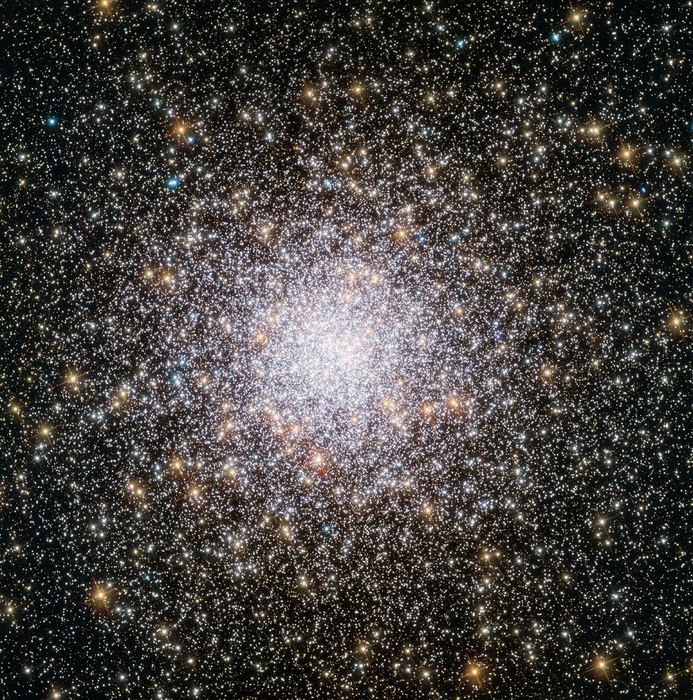The James Webb telescope has found the first clues that could prove the existence of monstrous stars up to 10,000 times more massive than the Sun at the dawn of the Universe, just 440 million years after the Big Bang: he succeeded by pointing his infrared view on one of the most distant galaxies ever observed, called GN-z11 and located at 13.3 billion light years. The study is published in Astronomy and Astrophysics by a team from the universities of Geneva and Barcelona and the Institute of Astrophysics in Paris.
Already in 2018 researchers had theorized the existence of supermassive stars to explain some anomalies observed in globular clusters, among the largest and oldest agglomerations of stars in the Universe that can contain up to a million stars. The theoretical model claimed that these star monsters could emit a wind capable of contaminating the cloud of gas that would then give rise to the cluster, enriching it with chemical elements distributed in a heterogeneous way. "Today, thanks to the data collected by the James Webb telescope, we believe we have found a first clue to the presence of these extraordinary stars," explains Corinne Charbonnel, an astronomer at the University of Geneva and first author of the study.
By analyzing the light emitted by the galaxy GN-z11, the Webb telescope discovered "very high proportions of nitrogen and a very high density of stars," says Daniel Schaerer, an astronomer at the University of Geneva and co-author of the study. This suggests that several globular clusters are forming in this galaxy and that they still host an active supermassive star. "The strong presence of nitrogen can only be explained by the combustion of hydrogen at extremely high temperatures, which only the core of supermassive stars can reach," adds Charbonnel.
These new results reinforce the model proposed by astronomers, the only one currently able to explain the anomalies of globular clusters. The next step will be to test its validity on other globular clusters that form in distant galaxies, using James Webb's data.
Stars 10,000 times more massive than the Sun at the dawn of the universe
2023-05-25T09:52:49.870Z
Highlights: The James Webb telescope has found the first clues that could prove the existence of monstrous stars up to 10,000 times more massive than the Sun at the dawn of the Universe. He succeeded by pointing his infrared view on one of the most distant galaxies ever observed, called GN-z11 and located at 13.3 billion light years. The strong presence of nitrogen can only be explained by the combustion of hydrogen at extremely high temperatures, which only the core of supermassive stars can reach, says first author of the study.

The James Webb telescope has found the first clues that could prove the existence of monstrous stars up to 10,000 times more massive than the Sun at the dawn of the Universe (ANSA)
